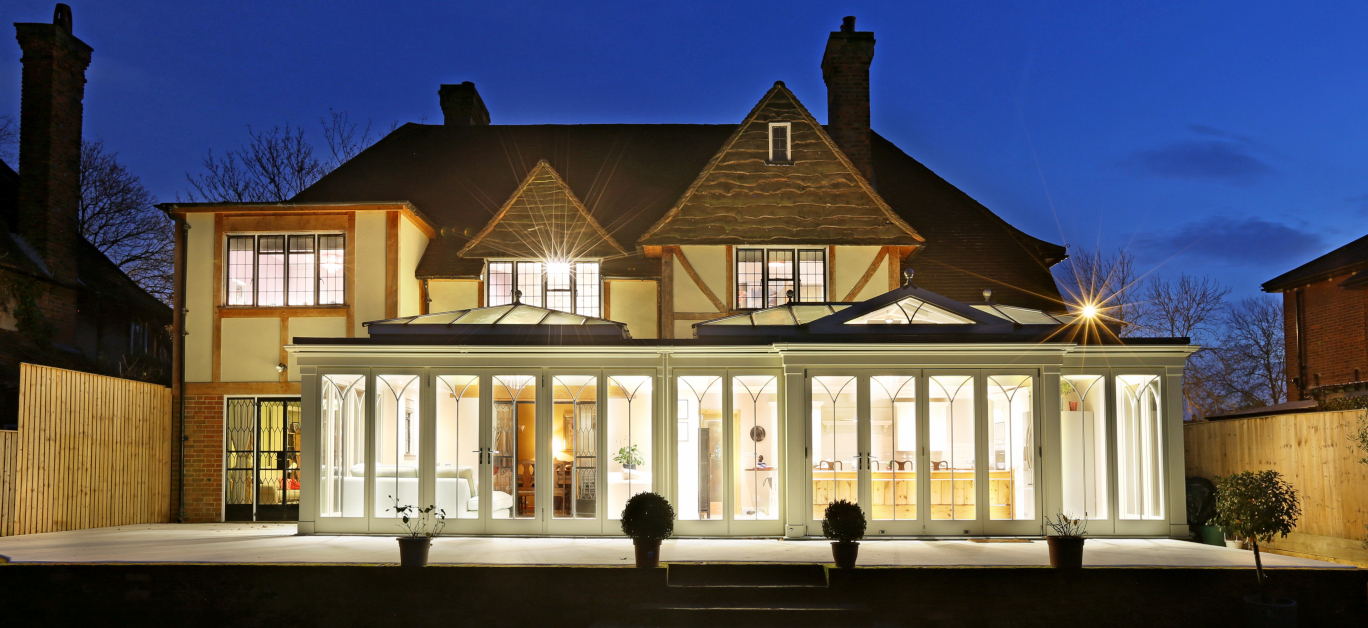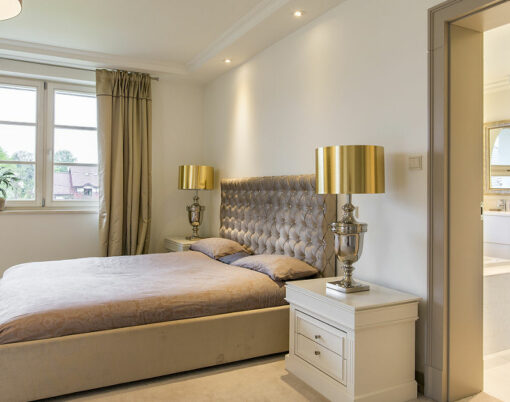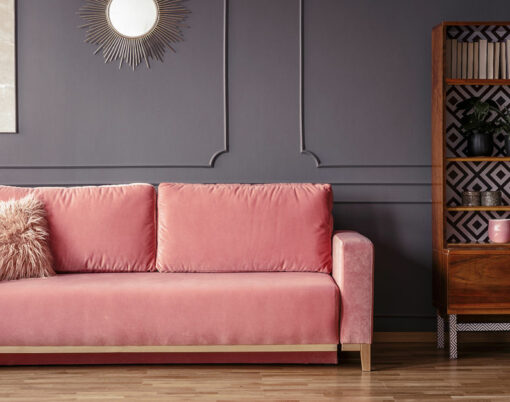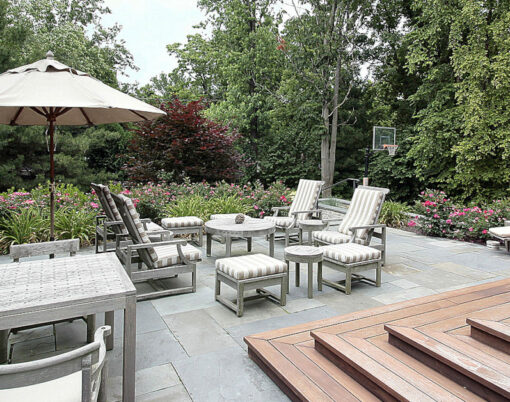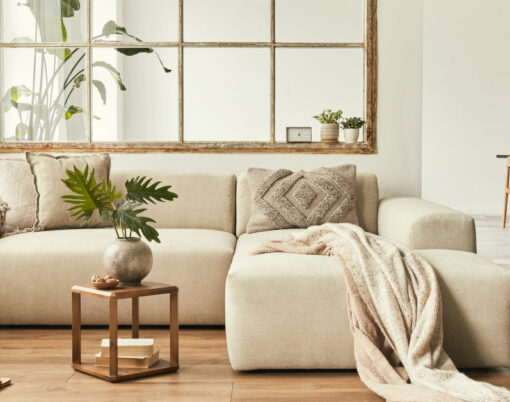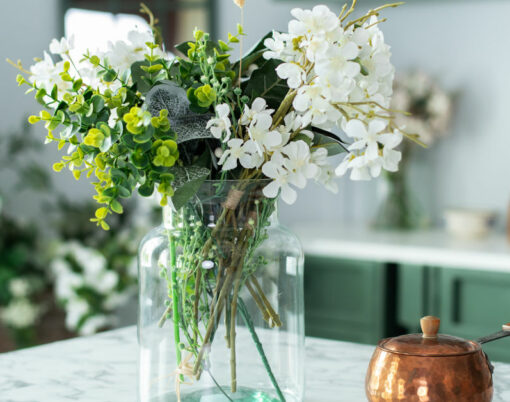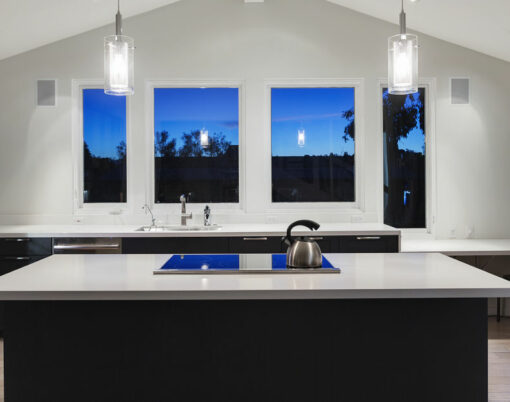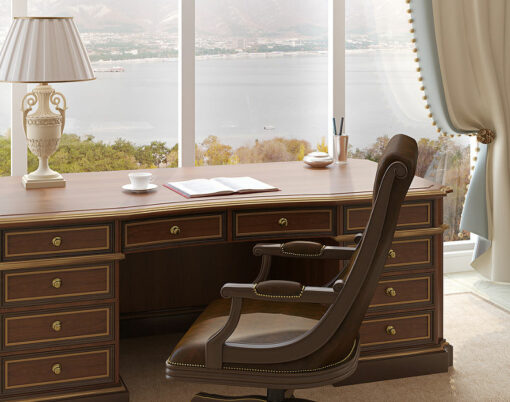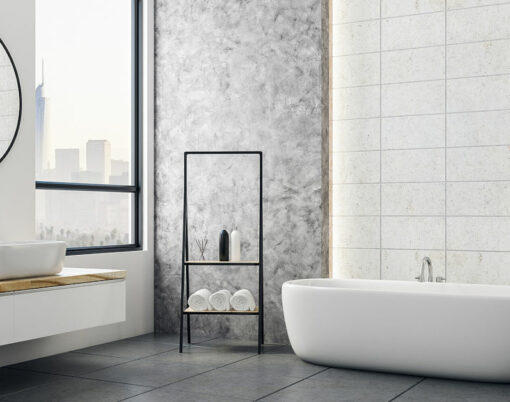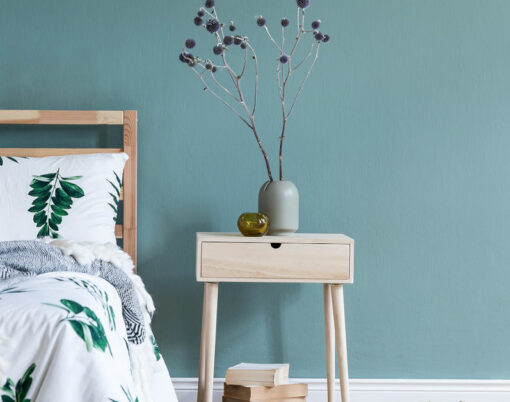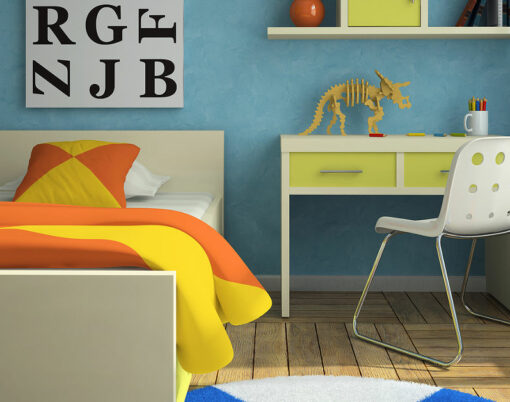Words by Karen Bell, from David Salisbury, a company manufacturing and installing top of the range hardwood conservatories, garden rooms and orangeries for over 30 years.
The last year has taught us many things but, perhaps more than anything, it has underlined the importance of our homes and living spaces. The sanctity of our own property has been accentuated by the repeated and differing versions of lockdown or restrictions that we have all faced. In parallel with this thought has been a desire to improve our living spaces – not only to make them more comfortable and functional, but also to improve the connection with our surroundings, to help positively impact our physical and mental wellbeing.
This has given rise to the increasing trend for incorporating ‘biophilic design’ into our home improvements projects or more substantial extensions. Whilst perhaps not an everyday term, most of us are probably already familiar with aspects of what it means or have experienced it first hand.

Biophilic design is a concept used within design and construction to increase connectivity and exposure to the natural environment through the use of direct and indirect techniques. To put it in simplistic terms, it relates to bringing the outside closer to the insider of our homes.
Direct examples might include:
Natural light
Proven to have benefits to our health and productivity, natural light is an important consideration for a home office or a kitchen extension, which tends to be the room we spend most time in at home. A fully glazed structure such as a conservatory is one way of maximising our exposure to natural light at home.
Air
Ventilation: being able to breathe fresh air is, again, vitally important to our health. Being able to open windows or skylights is important to ensure a flow of fresh air.
Indoor plants
The trend for more adventurous greenery in our homes has been on the rise in the past few years. Orangeries were originally conceived to house fruit plants during the winter months and we are now seeing a return to these glazed extensions, which are designed for everyday living, including larger scale indoor plants.
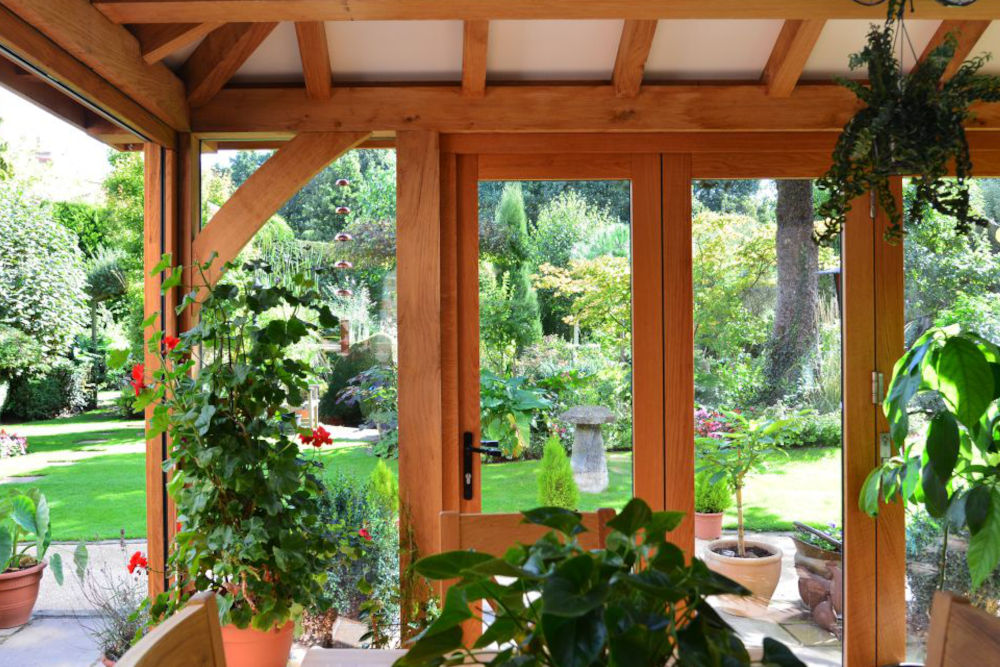
Indirect examples of being closer to nature include:
Use of natural materials
Timber is perhaps the only truly natural and sustainable building material available. Extending your property with an oak framed orangery or garden room, which accentuates and highlights the rustic beauty of natural oak, is a good example of biophilic design.
Use of natural colours
Choosing earthy or more natural colours, as opposed to brighter shades, is another feature of this design trend.
Views of our gardens
Numerous studies have highlighted the benefits of being closer to nature. If you’re fortunate enough to have views of your garden, why not make the most of this?
Whilst biophilic design has been more commonly incorporated in commercial design over the years, particularly in new office spaces, it is only recently that this concept has come across into residential design applications. With the pandemic having forced us to spend more time at home, pressure on our living spaces increased. Not only did many of us need to create the right environment to work effectively, but we also required space to relax and switch off.
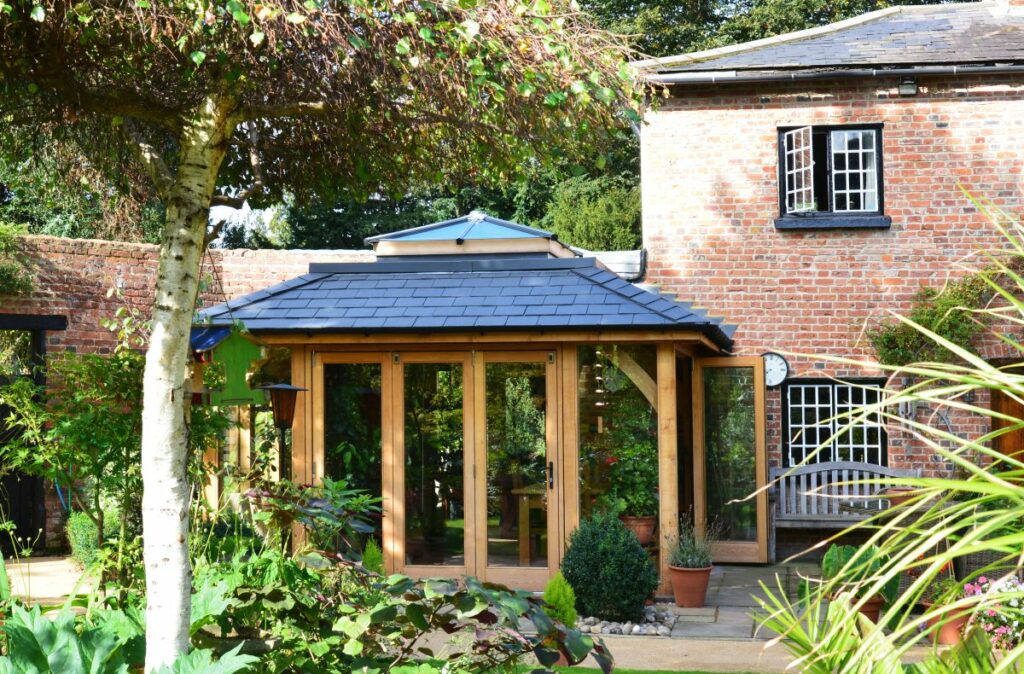
Being able to introduce the concept of indoor/outdoor living is part of the reason why conservatories, orangeries and garden rooms have been even more popular since the start of the first lockdown. The generous proportions of glazing, often complemented by French doors or bi-fold doors, ensure the occupants of these types of extension are never far from being outside.
Being able to throw open the doors and blur the lines between indoors and outdoors is perhaps the single biggest advantage of investing in conservatory or garden room.
Modern glazing techniques and building materials now ensure these structures are designed to be enjoyed all year round, regardless of the weather. Choosing a beautifully rustic oak framed extension and then incorporating some large scale indoor plants helps to tick many of the boxes to meet the specification of biophilic design.
If these carry proven benefits to our mental and physical health, what’s not to like?












